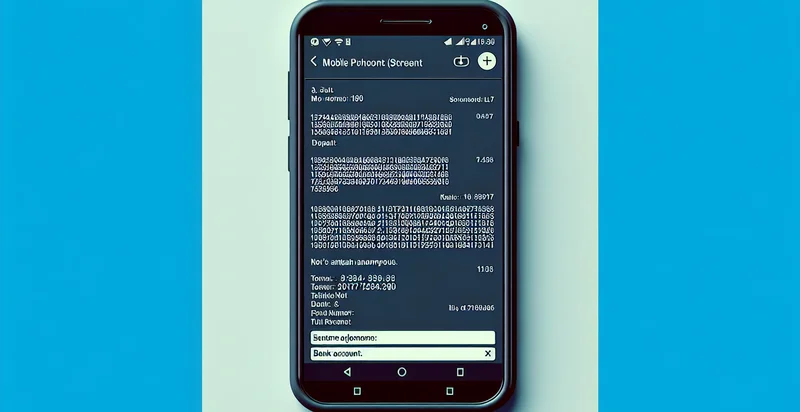Identify if text message is automated alert
using AI
Below is a free classifier to identify if text message is automated alert. Just input your text, and our AI will predict if the text message is an automated alert - in just seconds.

Contact us for API access
Or, use Nyckel to build highly-accurate custom classifiers in just minutes. No PhD required.
Get started
import nyckel
credentials = nyckel.Credentials("YOUR_CLIENT_ID", "YOUR_CLIENT_SECRET")
nyckel.invoke("if-text-message-is-automated-alert", "your_text_here", credentials)
fetch('https://www.nyckel.com/v1/functions/if-text-message-is-automated-alert/invoke', {
method: 'POST',
headers: {
'Authorization': 'Bearer ' + 'YOUR_BEARER_TOKEN',
'Content-Type': 'application/json',
},
body: JSON.stringify(
{"data": "your_text_here"}
)
})
.then(response => response.json())
.then(data => console.log(data));
curl -X POST \
-H "Content-Type: application/json" \
-H "Authorization: Bearer YOUR_BEARER_TOKEN" \
-d '{"data": "your_text_here"}' \
https://www.nyckel.com/v1/functions/if-text-message-is-automated-alert/invoke
How this classifier works
To start, input the text that you'd like analyzed. Our AI tool will then predict if the text message is an automated alert.
This pretrained text model uses a Nyckel-created dataset and has 2 labels, including Automated Alert and Manual Message.
We'll also show a confidence score (the higher the number, the more confident the AI model is around if the text message is an automated alert).
Whether you're just curious or building if text message is automated alert detection into your application, we hope our classifier proves helpful.
Related Classifiers
Need to identify if text message is automated alert at scale?
Get API or Zapier access to this classifier for free. It's perfect for:
- Customer Support Automation: Implementing the automated alert identifier in customer support systems can help distinguish between automated responses and genuine inquiries. This can streamline ticket management, ensuring that human agents prioritize personalized responses over automated messages.
- Fraud Detection in Banking: Financial institutions can utilize the identifier to flag potentially suspicious automated alerts, such as transaction notifications. By identifying these messages, banks can enhance their security measures, prompting further investigation into unusual account activities.
- Healthcare Monitoring Alerts: In telemedicine and remote patient monitoring, this technology can differentiate between routine automated alerts and critical alerts that require immediate attention from healthcare providers. Prioritizing human intervention for critical alerts can improve patient outcomes and response times.
- Marketing Campaign Management: Marketers can utilize the text classification function to filter out automated promotional messages from authentic customer interactions. This helps in analyzing consumer behavior and preferences more accurately, allowing for better-targeted marketing strategies.
- Network and System Monitoring: IT departments can implement the identifier to classify alerts generated by monitoring systems, distinguishing between automated maintenance alerts and critical system outage alerts. This can enhance response strategies and minimize downtime by ensuring the right issues are prioritized.
- Incident Reporting in Manufacturing: In manufacturing environments, the identifier can separate automated alerts about machine performance from incidents that require immediate human action. This ensures that personnel can focus on real issues that impact production efficiency and safety.
- Smart Home Device Management: Home automation systems can deploy the text classification function to discern between automated alerts about device status and messages that indicate issues requiring user intervention. This differentiation can enhance user experience by minimizing unnecessary notifications and highlighting critical concerns.


